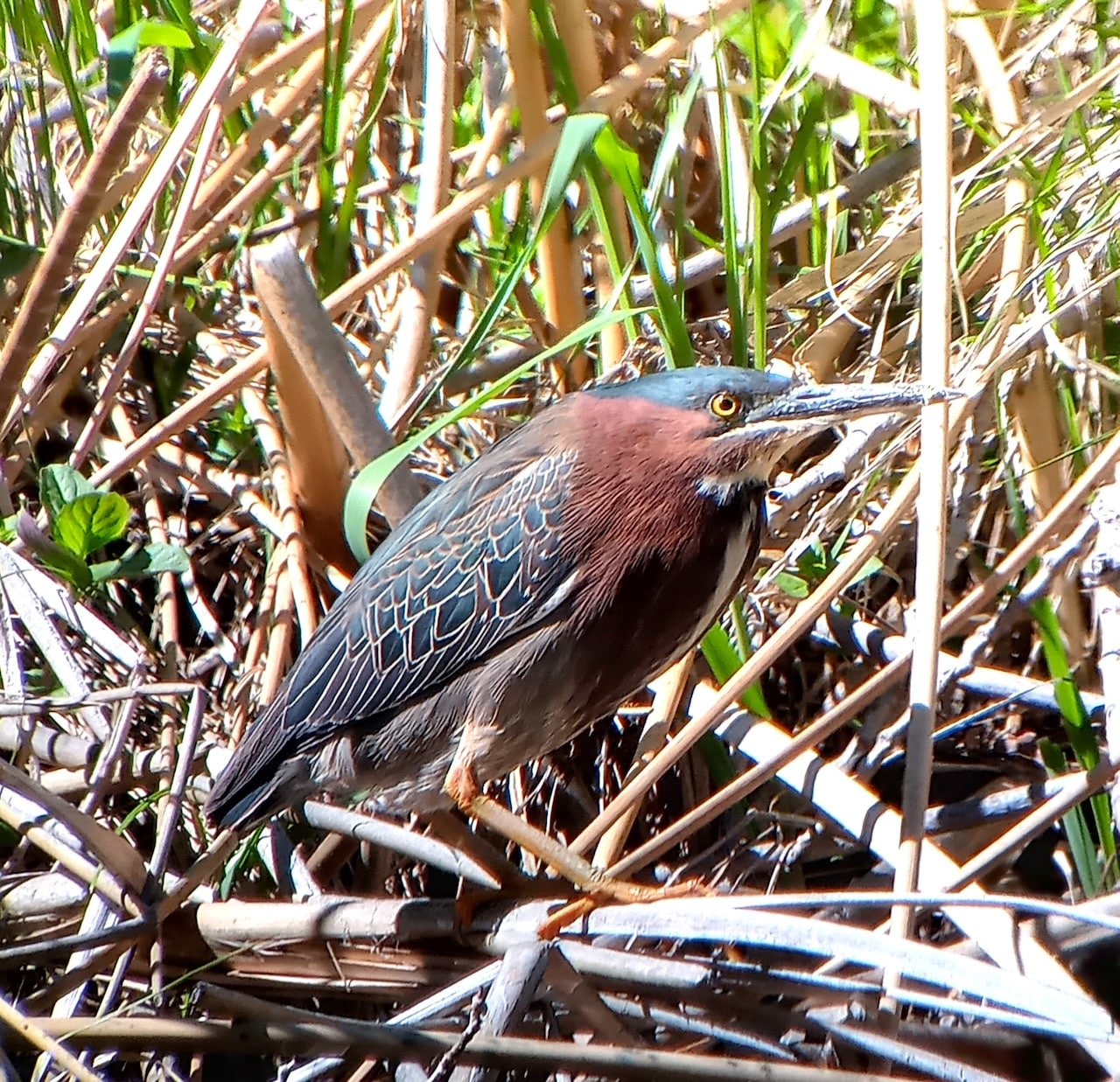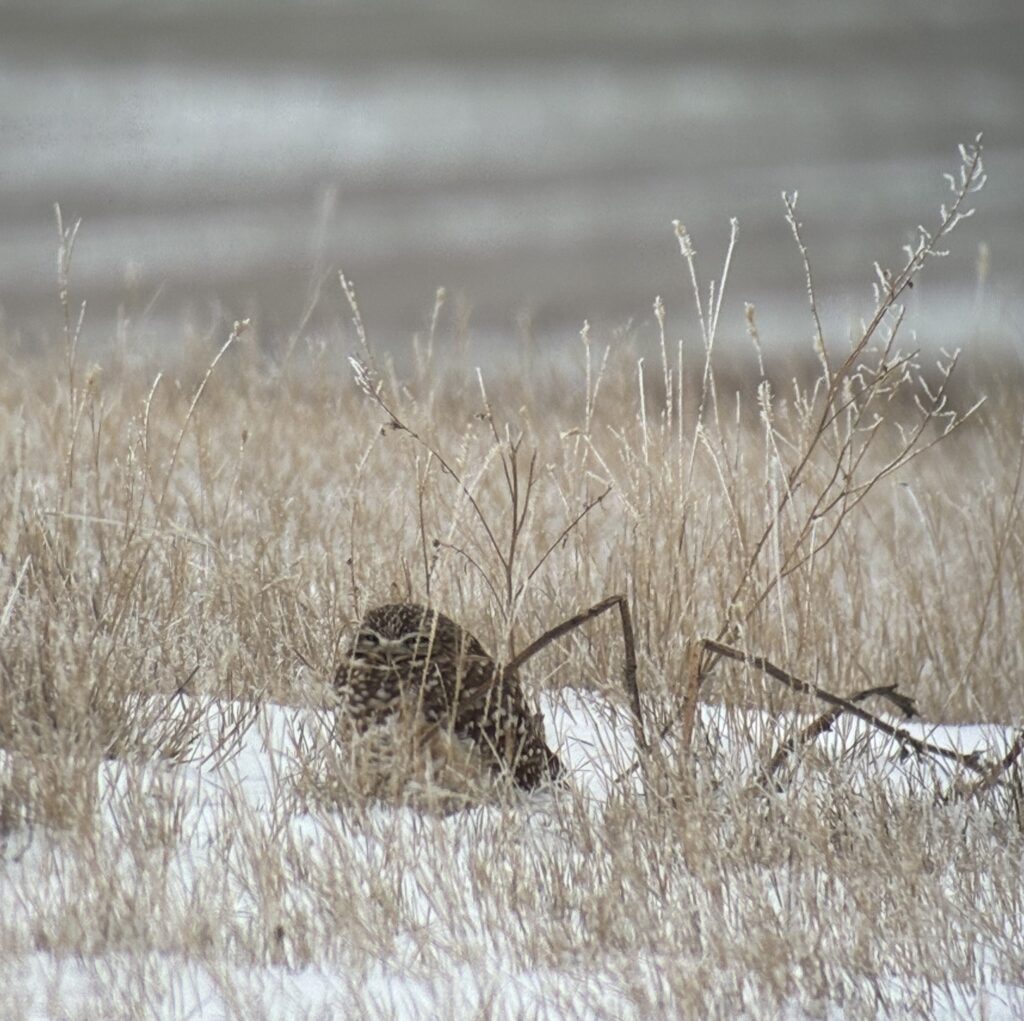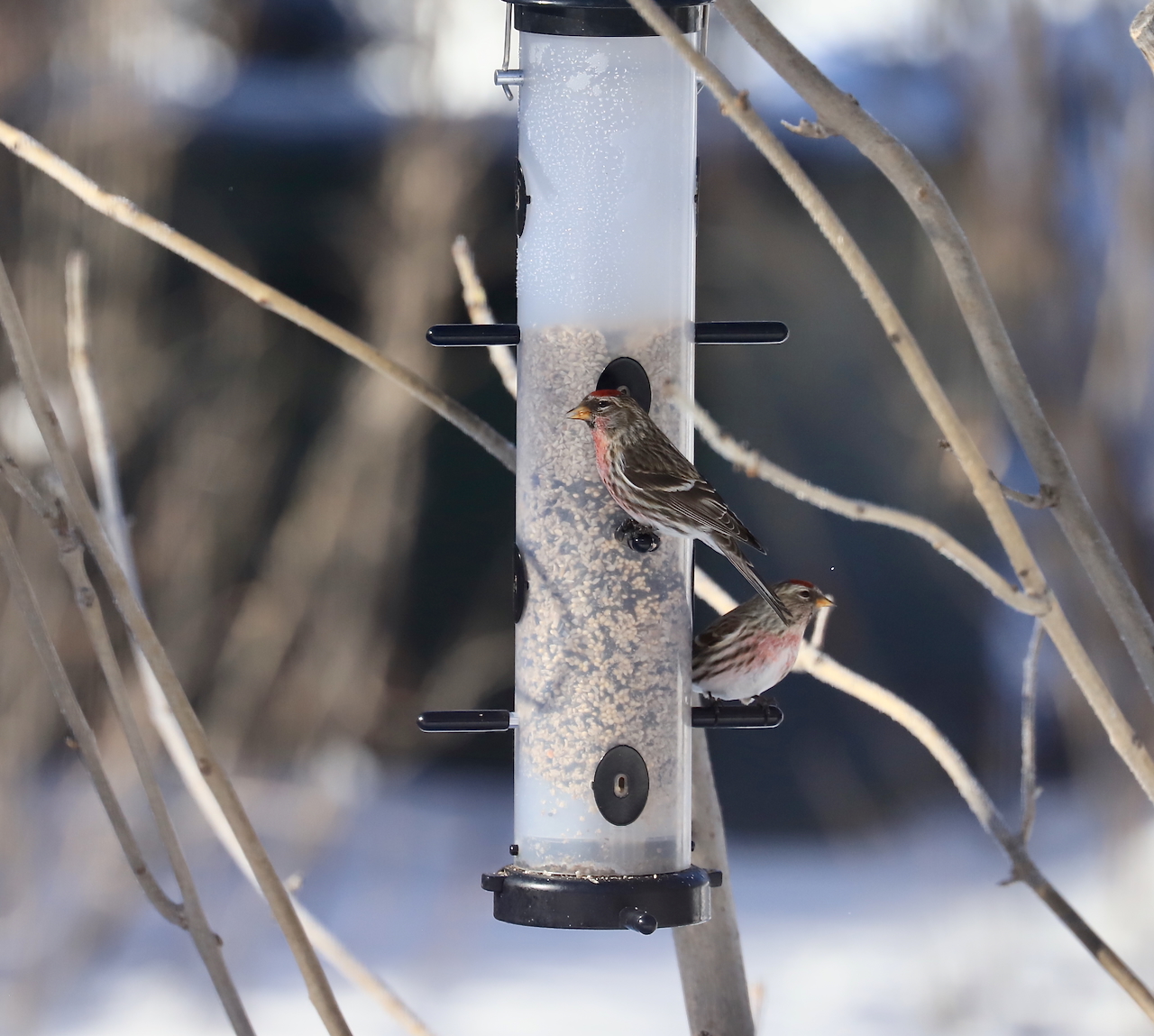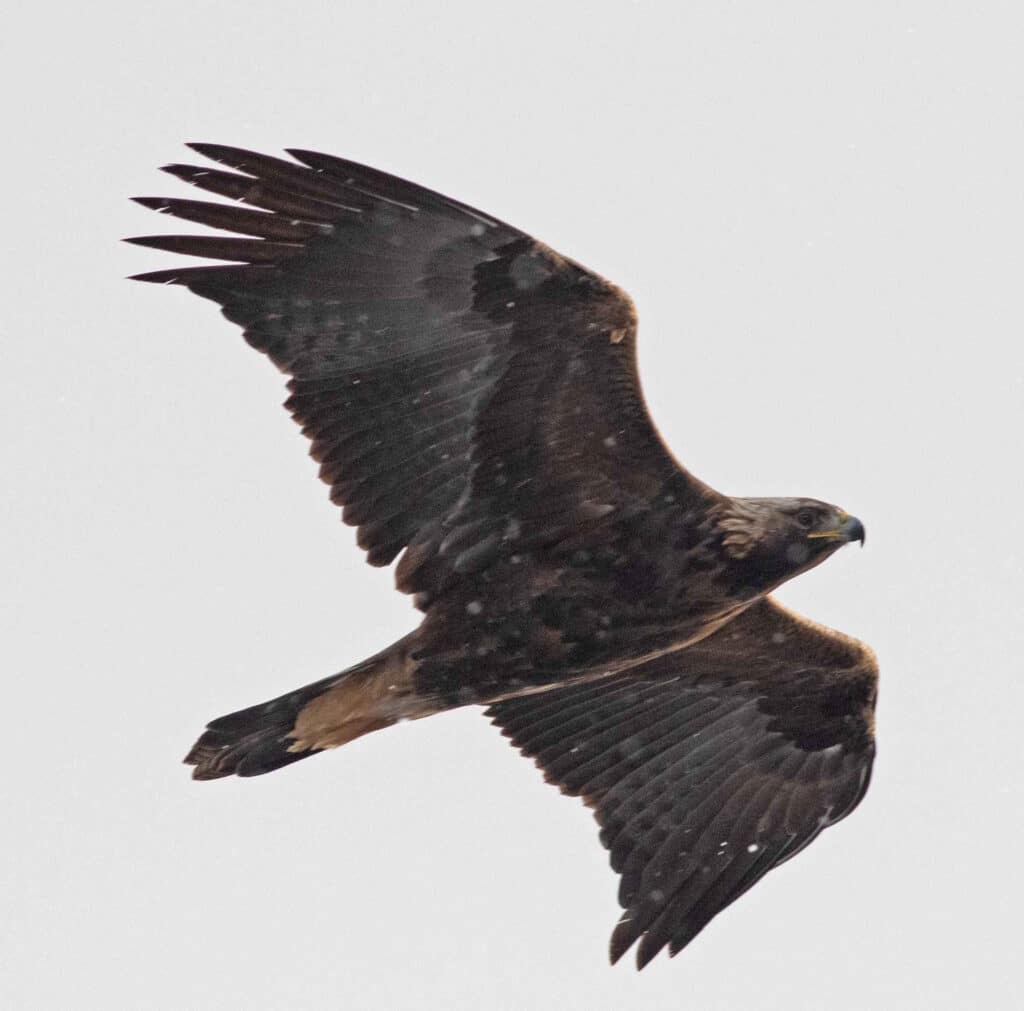by John Parker
A wide range of unusual birds moved through this area during the spring and early summer. Whether in the backyard or out on the prairie, the variety of birds was impressive.
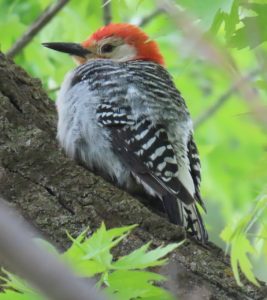
The rarest bird of the summer to visit this area was a Red-bellied Woodpecker, which previously had only been documented in Montana six times. Joyce Seipel first spotted this Red-bellied Woodpecker in her Belgrade yard on May 21st. This Belgrade neighborhood has a variety of older trees, including one large maple that the woodpecker would spend hours quietly perched in the dense foliage. Without an occasional call this bird could be nearly impossible to find. The Red-bellied Woodpecker was last seen on May 26th.
A Least Tern was observed by Reder Daughenbaugh swooping and diving over a small stock pond west of Bozeman on June 17th. This small tern has only been seen away from the Missouri and Yellowstone River corridors in northeastern Montana a handful of times. The interior subspecies that breeds in Montana has been on the Endangered Species List since 1985. Oddly, this year there were three extralimital sightings in western Montana. The other two sightings were at Arco Ponds near Anaconda on June 15th and at Ninepipe National Wildlife Refuge on June 18th. These dates coincide with the major weather system that slowly made its way through the region.
On the evening of June 3rd, Anne Buckley spotted a Green Heron skulking along the edge of a pond by her home northeast of Livingston. With just over twenty records for Montana, this species was recently taken off of the State rare bird list. The heron only stayed for one day before the rising waters of the Yellowstone River began to flood and muddy the pond.
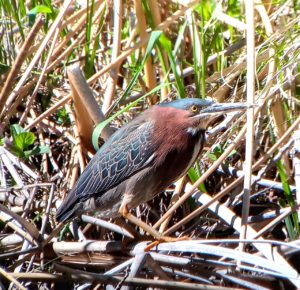
Earlier on that same day Stephanie Nelson saw a Summer Tanager, and watched as this beautiful first year male repeatedly returned to feed on the jelly and sliced oranges she had put out to attract orioles. Reportedly, this same bird was seen in the same neighborhood the following couple of days. Summer Tanager is another bird that was recently removed from the Montana rare bird list.
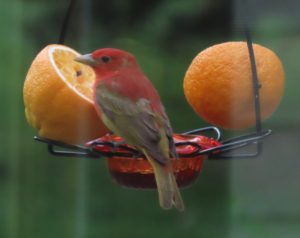
Breeding Bird Surveys (BBS) require getting up very early, like sometime around 3 AM, as protocol has you starting the survey at sunrise. The upside is that it’s a beautiful time of day, and it’s possible that you might find an unexpected bird. While doing a BBS south of Three Forks on June 19th, Matt Keefer encountered an Upland Sandpiper. Upland Sandpipers breed in Park and Sweet Grass Counties, but this is only the fourth record for Gallatin County. On June 9th while doing another BBS route east of Melville in Sweet Grass County, Beth Madden saw a Northern Mockingbird fly to a shelter belt. It seems like Northern Mockingbirds can turn up just about anywhere, but a shelter belt in open country is always worth a second look for any stray birds. This mockingbird was traversing the type of country that you’d expect to see an Upland Sandpiper.
Locally, it’s been a good summer for Black-chinned Hummingbirds. Paulette Epple started it off when a Black-chinned Hummingbird visited her northeastern Bozeman feeder on May 19th. Then on May 31st, while on a Sacajawea Audubon field trip Don Profota and Katja Shimkin spotted another Black-chinned Hummingbird along the Sourdough Nature Trail. Finally, on July 26th Dave Benes had a pair of Black-chinned Hummingbirds visit his feeder in Gallatin Gateway. Yes, a female and male Black-chinned Hummingbirds together. From what I can tell this is the only instance of more than one Black-chinned Hummingbird, let alone a female and male together, east of the Continental Divide in Montana.

